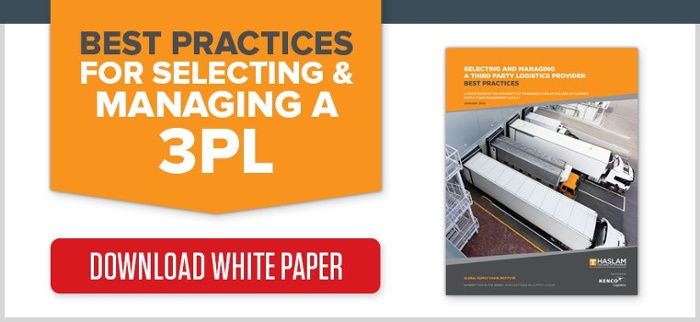
The source of the labor shortage in the logistics industry is an extremely complex issue. Dissatisfaction with supervisors, compensation, training, and scheduling are all common issues, but newer pressures like low unemployment rates, burn-out, retirement, and reactive recruiting are also part of the problem. With so many factors chipping away at a robust workforce, what can your company do to ensure healthy, engaged team numbers in the face of uncertain labor availability?
Proactive Hiring
One of the biggest threats to a well-seasoned, well-adjusted workforce is turnover, and turnover can come in several forms—from retirement, to resignations, to internal promotions. Companies who are aggressive about finding the best and brightest talent do not wait until the need arises. They have a pulse on their workforce and are always in the market talking to potential candidates, especially for roles where historically there is a higher amount of attrition. Hiring ahead of the need and knowing there will be some churn coming is how proactive managers stay ahead of their own internal talent gaps.
Cross Training and Employee Development
For front line employees up through management, companies must aggressively commit to developing and nurturing their talent. Cross training, certifications, shadowing subject matter experts—these are all techniques which can help keep your employees engaged and more well rounded to better serve your business and your customers.
Even if you do end up needing to hire outside talent, your reputation for investing in your employees will only work in your favor to entice high-quality referrals.
Remember, engaged employees are likely to have excellent referrals in their social and professional circles. Proactive training and development is just one tool which helps in attracting talent and adds another layer of good PR when your employees are talking with their friends and family.
Rewarding and Incentivizing Employees
As companies build the technical skill sets of their front line employees, they need to remember that with each new technical skill and certification their employees are acquiring, their employees are also becoming more marketable. Having the right site level training program is one great tactic as described above, but combining training with the right incentive program makes cross training and employee development even more engaging and impactful to the employee. Operational leaders should work with their human resource teams on designing the right pay for performance plans for their front line workforce to ensure it is fair and balanced, rewards people to keep them tied to your company, and motivates them to keep acquiring and mastering new skill sets.
Treat Employee Happiness as a Metric

In a sea of KPIs, the data that points to your employees' satisfaction or dissatisfaction should get its fair share of airtime. Employee engagement and how connected your employees feel is critical not just in retaining them, but also for the level of effort and productivity they are providing.
One of the best engagement tactics a manager can use is to include employees in problem solving. It creates buy-in from the employee and improves employee morale by making them feel like they are a part of the solution. This creates trust and tells employees that their opinion counts.
Walking the floors on a regular basis and engaging in informal dialogue to keep your finger on the pulse of how your employees are feeling is necessary to ensure that employees see you as a trusted leader and partner. While engagement surveys are a great source of data, your management team must be frequently seeking out genuine and relaxed conversations with your employees.
Retention by itself should also never be used interchangeably with "happiness." You'd be hard pressed to find an individual in any industry that hadn't stuck around a mediocre job at some point because they needed the money. Again, data and numbers alone can't paint a picture of employee happiness—only talking directly with employees will do that.
Communicate Company Culture Consistently
You can probably name exactly what your company does or produces without even thinking about it—but could you tap into that same ease if you were asked to describe your culture? Beyond "laid back" or "driven," what makes your company different from a competitor's? Why should a great candidate choose to go to your interview over another? Knowing and understanding your culture gives you a much more confident voice to the labor pool, and makes a position with your company that much more enticing.
- Is your team or location one where you would recommend a friend or family member?
- Do you have strong managers whom employees feel connected to?
- Are you cross-training your employees and rewarding them for it?
- What innovative solutions have you taken around shifts and flexible scheduling?
- What does a day in the life of a mid-level associate really look and feel like?
- How do your team members interact? Is management really listening, or are they just "talking the talk?"
- What have you improved in the last three years for your employees? The last year? The last six months?
- Are your actions matching your words? You should be living by the words “Say, do, reinforce.” Preach to your management teams to follow up their words with action and regularly reinforce throughout the company.
If your culture seems forced or disingenuous, it will deter many prospective and current employees. Employees are smart and they know when a leader or company is not being honest and upfront.
To Sum It Up
Incorporating these five tactics into your corporate practices may help shield your company from feeling the punch of the labor shortage. It is also important to talk to your leadership and your HR partners to understand what sorts of programs and practices make sense in your organization. For more guidance, be sure to read our Best Practices for Selecting and Managing a 3PL eBook for additional insights into improving and safeguarding your labor force in the face of a shrinking candidate pool.



